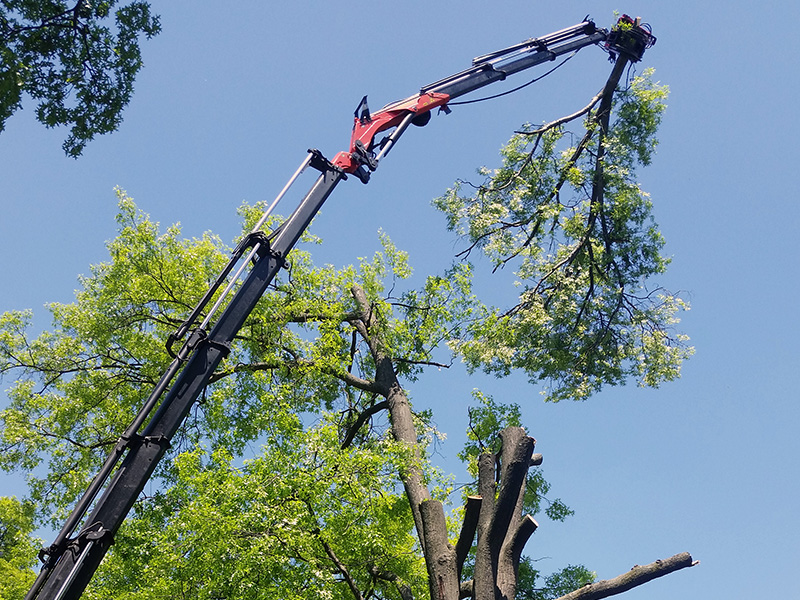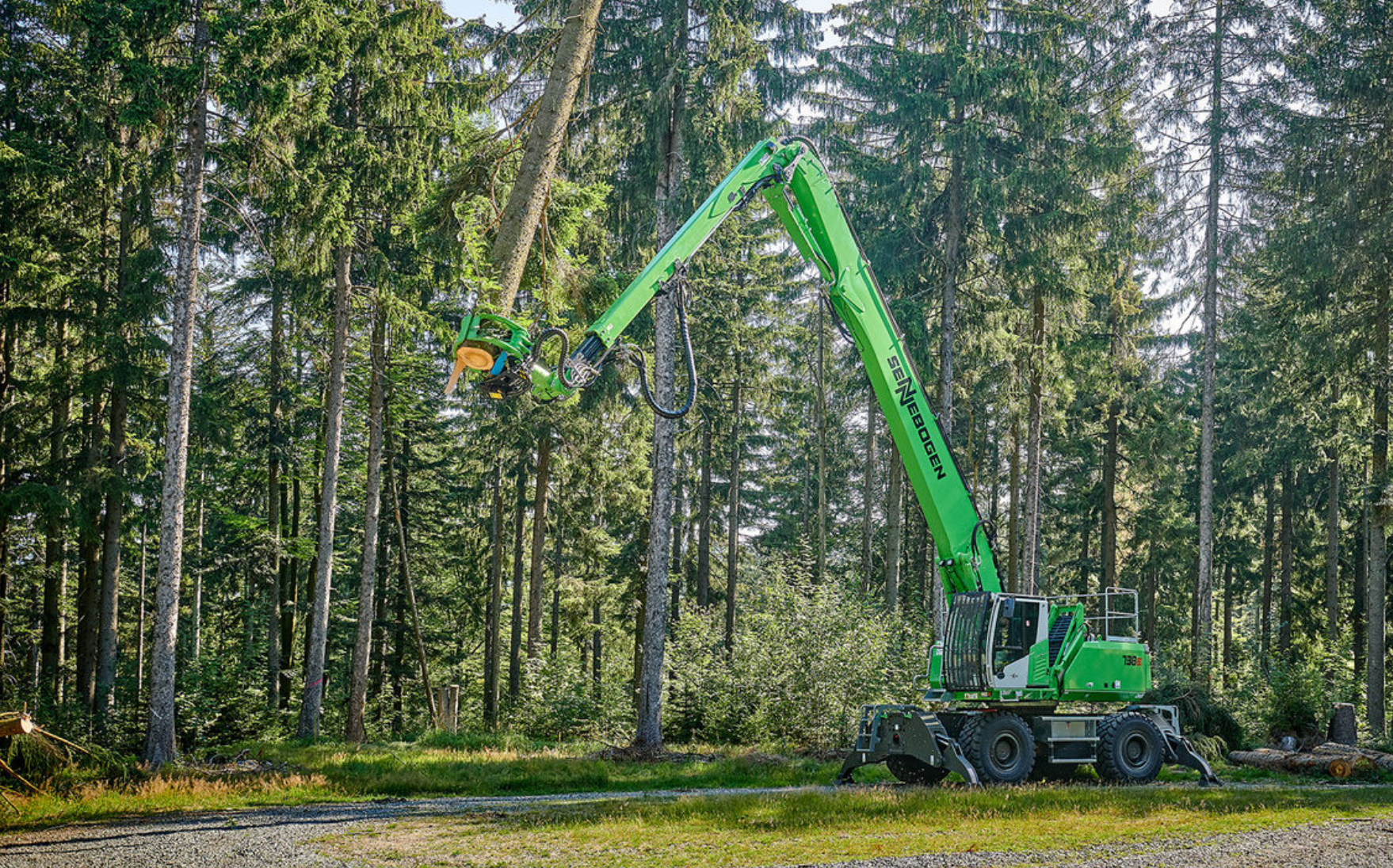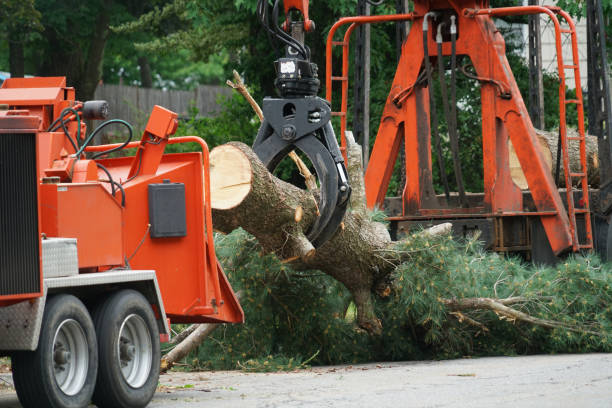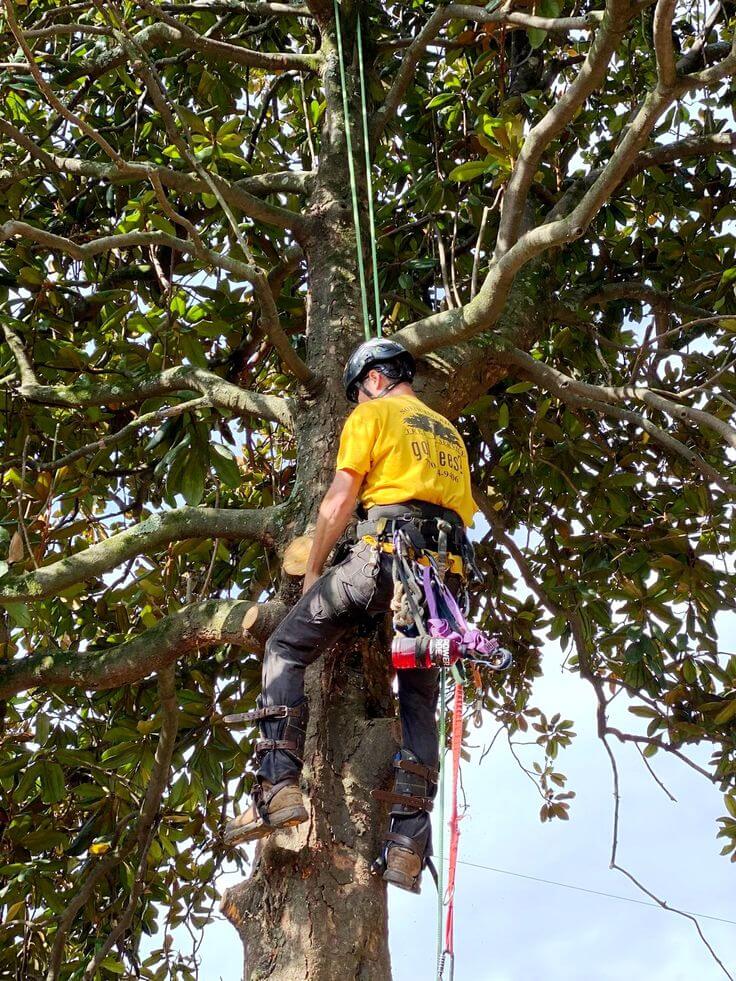Residential tree removal equipment
Introduction
If you have a tree that needs to go, you may be wondering what equipment is necessary. Removing trees, especially mature ones, requires a variety of tools to make the process safe and effective. Let’s dive into everything you need to know about residential tree removal equipment, so you’re well-prepared for the job.
Understanding the Need for Residential Tree Removal Equipment
Trees can enhance the beauty and value of a property, but when they’re dead, diseased, or simply in the way, they can become a liability. Having the right equipment can mean the difference between a safe removal and a dangerous accident.
Assessing Tree Removal Needs
Deciding If Removal Is Necessary
First, consider why the tree needs to be removed. Trees that are too close to your home or power lines may pose a risk, while dead or diseased trees can attract pests.
Understanding Local Regulations
Some areas have strict regulations on tree removal. Always check with local authorities before cutting down any trees, as permits may be required.

Basic Tools for Small Trees
For smaller trees, you may not need heavy-duty equipment. Instead, consider these simpler tools:
Hand Pruners
Hand pruners are ideal for cutting back small branches and young saplings. They’re lightweight and easy to handle.
Loppers
For slightly thicker branches, loppers offer a bit more power and reach. They can cut branches up to 2 inches in diameter.
Essential Equipment for Larger Trees
Removing larger trees safely requires more powerful tools.
Chainsaws
Chainsaws are a go-to for cutting down medium to large trees. They come in various sizes, with electric or gas options, depending on your preference and the size of the tree.
Pole Saws
Pole saws are useful for reaching high branches without climbing a ladder. They’re a safer option for trimming large trees from the ground.
Advanced Tree Removal Tools
When dealing with particularly large trees or lots of debris, more advanced equipment may be necessary.
Wood Chippers
Wood chippers make it easy to dispose of branches and smaller trunks by chipping them into mulch.
Stump Grinders
After the tree is removed, the stump remains. Stump grinders are used to break down the remaining stump and roots for complete removal.
Specialized Safety Gear
Ensuring safety is essential when taking down trees.
Helmets
A helmet protects you from falling branches and flying debris. Look for helmets specifically designed for tree work.
Chainsaw Chaps
Chainsaw chaps protect your legs from accidental chainsaw contact, a crucial piece of gear if you’re using a chainsaw.
Safety Glasses
Protecting your eyes is essential to prevent injury from wood chips and sawdust.
Step-by-Step Guide to Safe Tree Removal
Plan Your Cuts – Start by deciding where the tree will fall, ensuring it’s away from structures.
Clear the Area – Remove obstacles and warn anyone nearby.
Make a Notch Cut – Cut a notch on the side facing where you want the tree to fall.
Back Cut – Make a back cut opposite the notch to start felling the tree.
Move Away – Step back quickly and observe the fall.
Proper Disposal of Tree Waste
After the tree is down, you’ll have a lot of debris to manage. Consider using a wood chipper for branches, and arrange for proper disposal of larger trunk pieces.

Maintenance Tips for Tree Removal Equipment
To keep your tools in peak condition, perform regular maintenance:
Keep Your Blades Sharp – Blunt blades can be both unsafe and inefficient.
Check Fluids – For gas-powered tools, always ensure there’s enough oil and fuel.
Store Properly – Keep tools in a dry, safe place.
Hiring a Professional vs. DIY Tree Removal
For large or complicated removals, it may be safer and more cost-effective to hire a professional. Professionals have the experience and insurance to handle big jobs.
When to Replace Equipment
High-quality tools can last years if well-maintained, but look for signs like rust, wear, and broken parts as indicators that it’s time to replace.
Environmental Considerations in Tree Removal
If possible, consider the ecological impact of tree removal. Repurpose the wood, or consider donating it for other uses.
Conclusion
Tree removal is a serious task that requires the right equipment and safety measures. By following this guide and using the correct tools, you can make tree removal at home safer and more efficient. However, remember to assess each situation carefully, and don’t hesitate to call a professional if needed.

